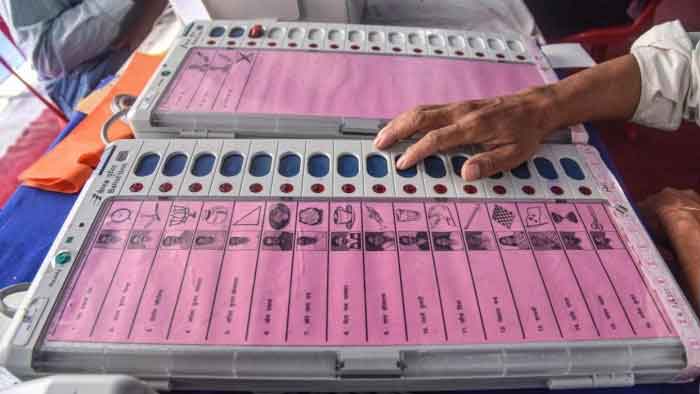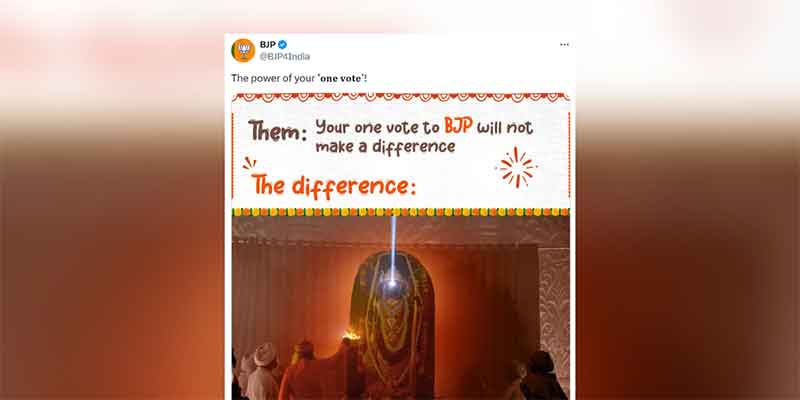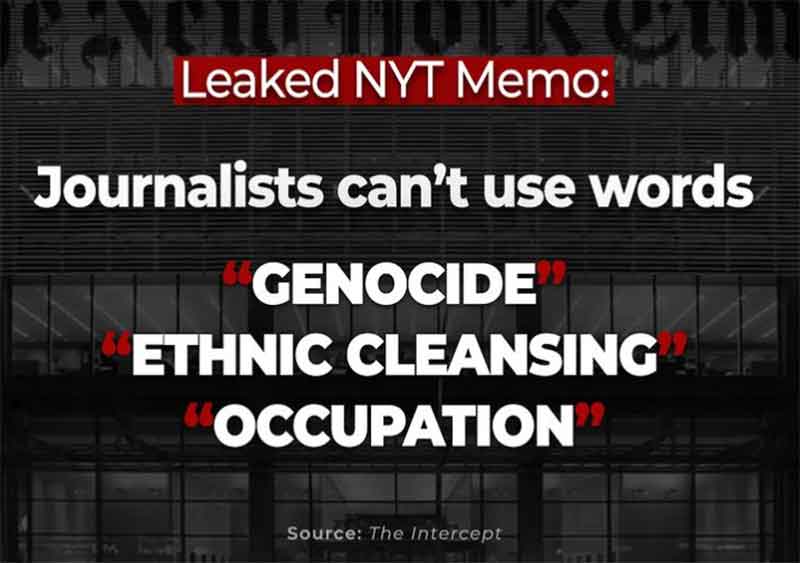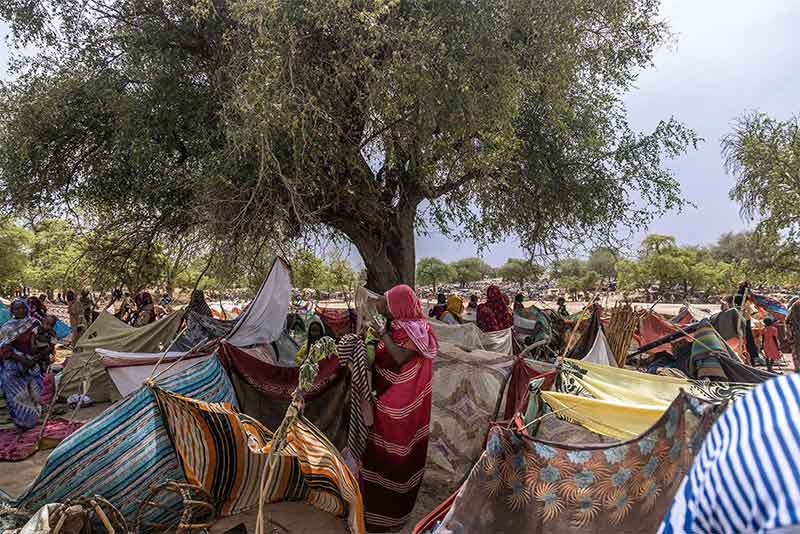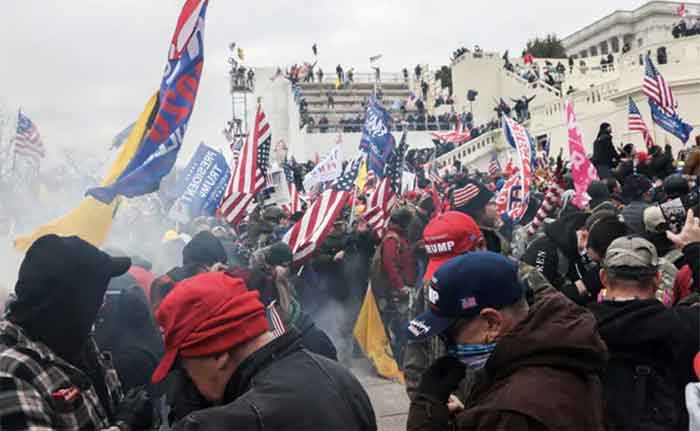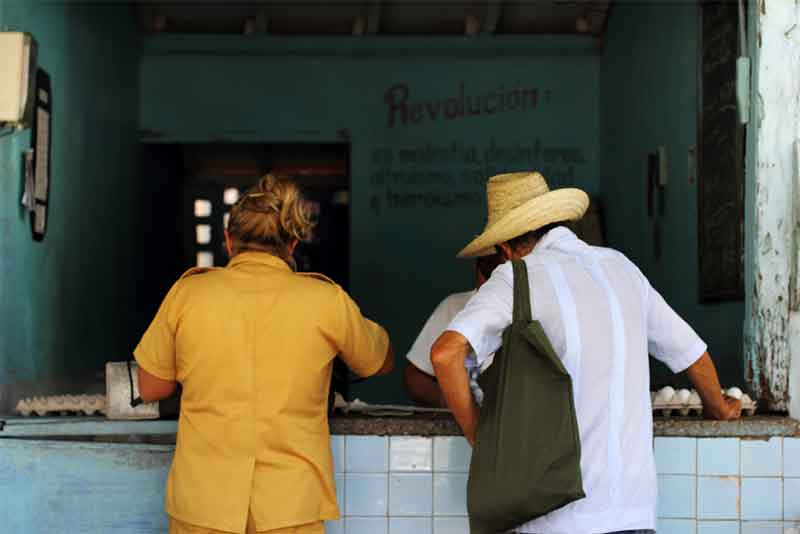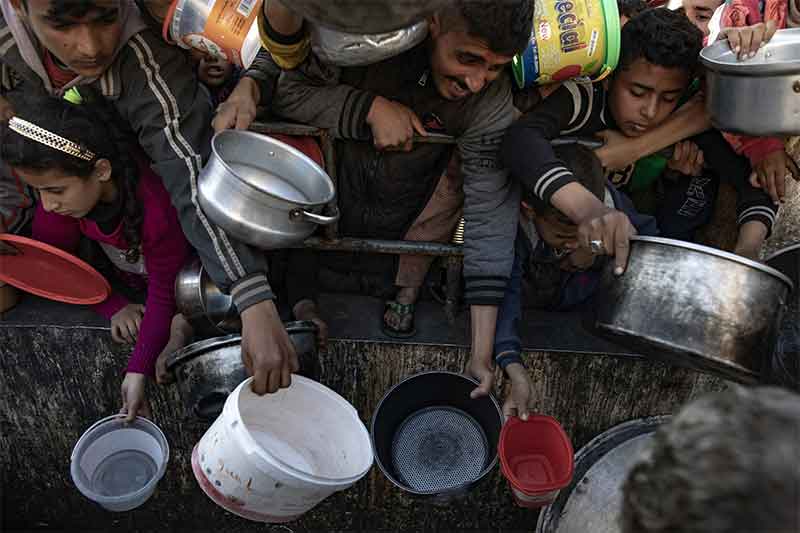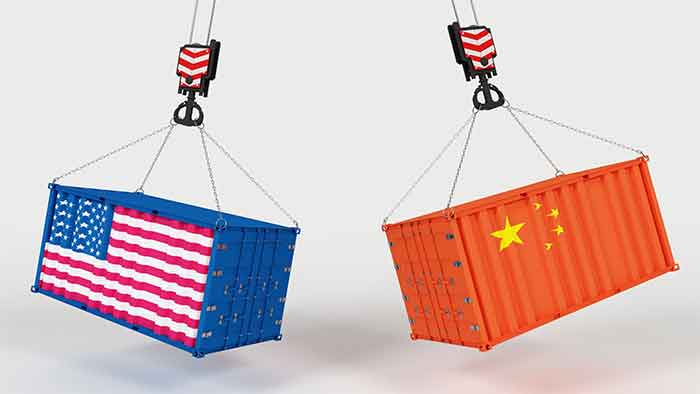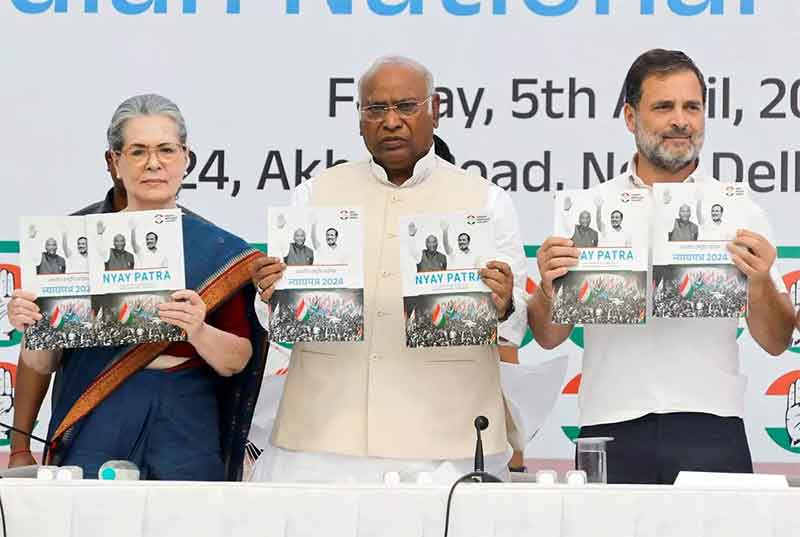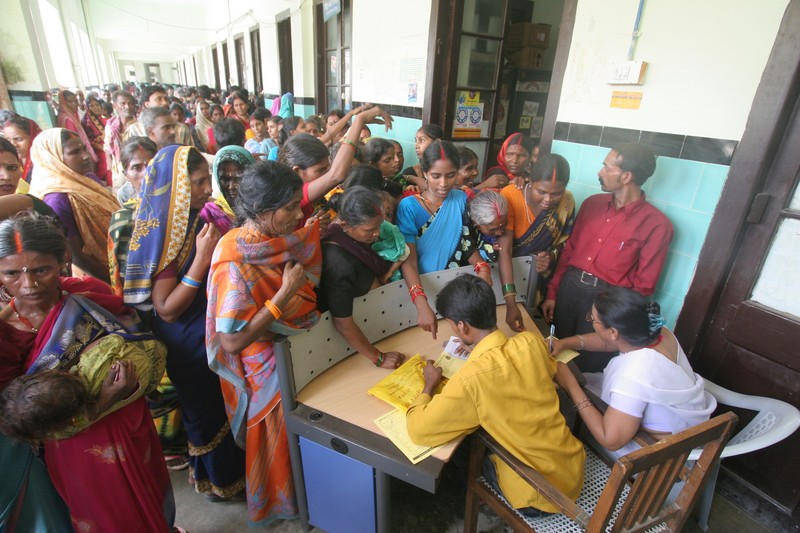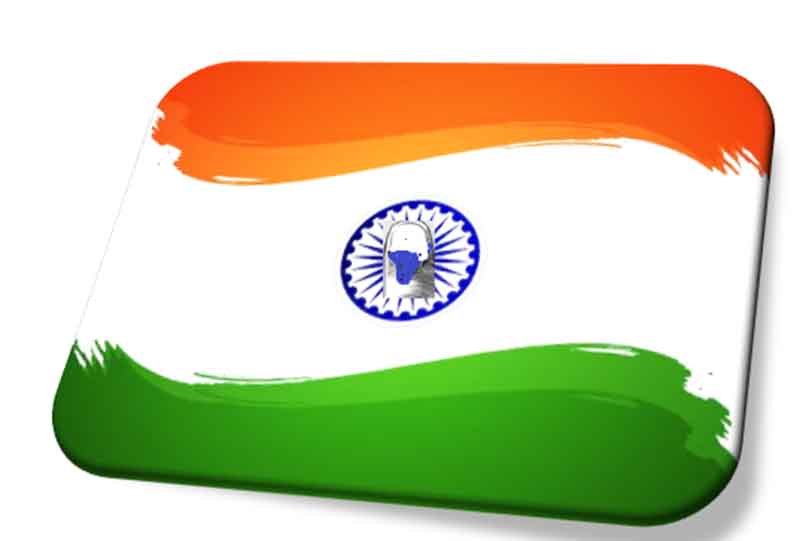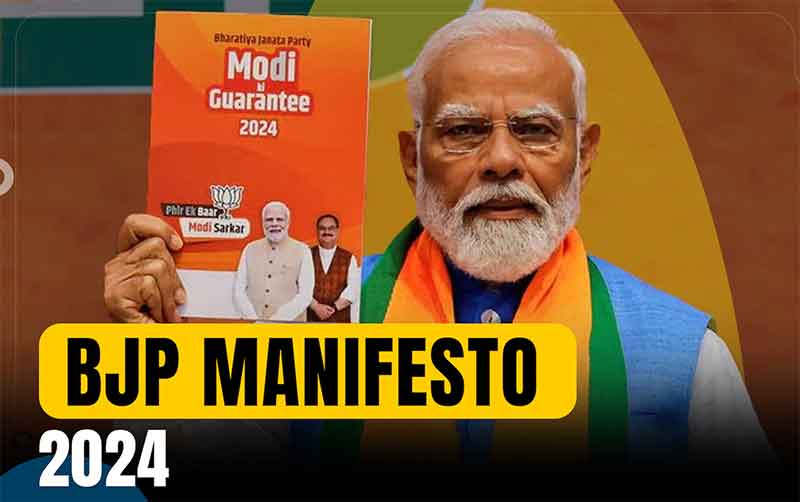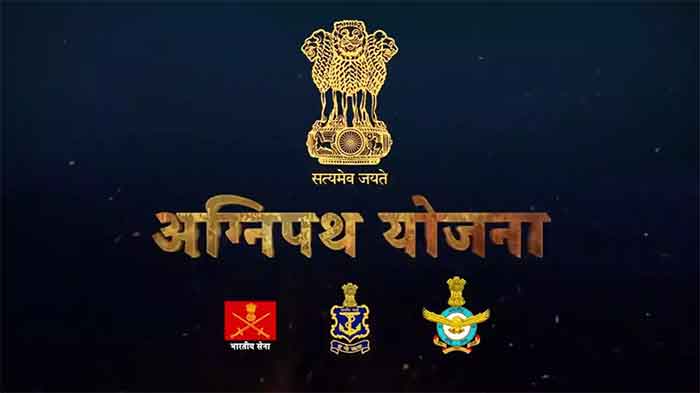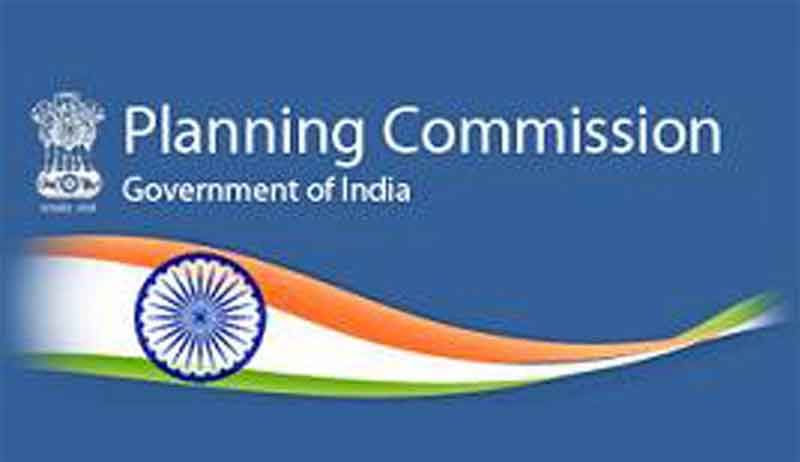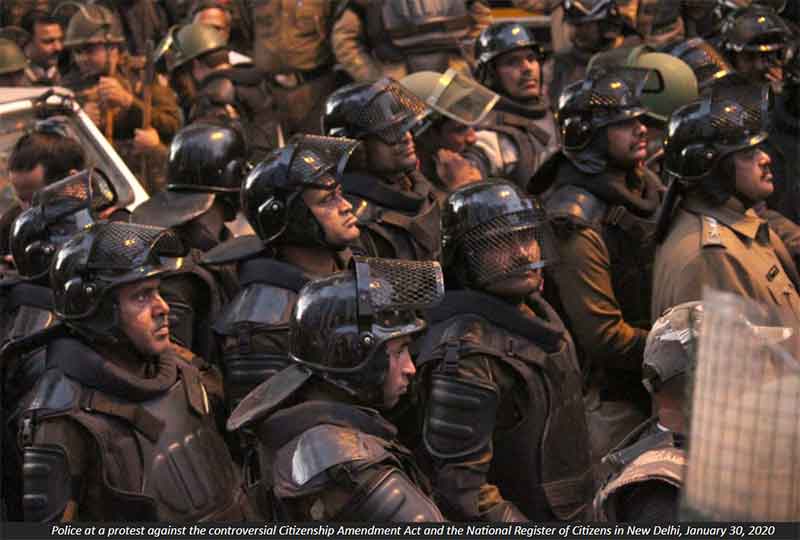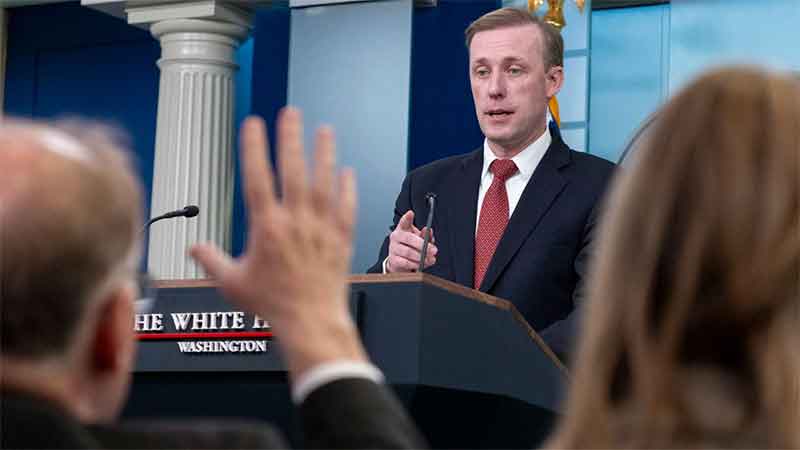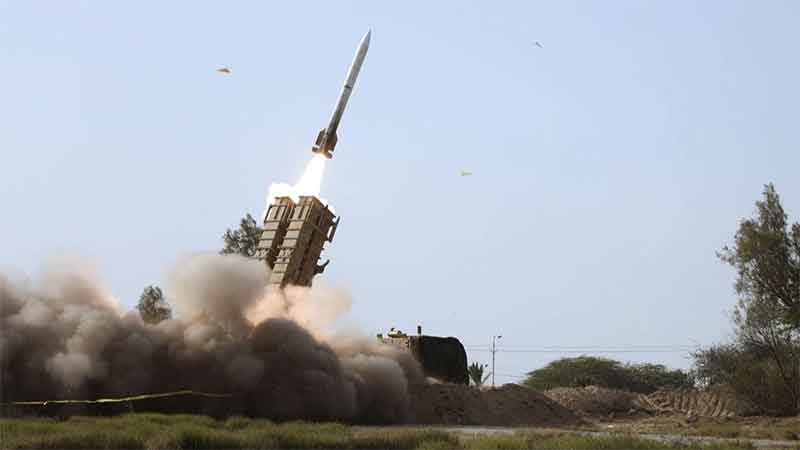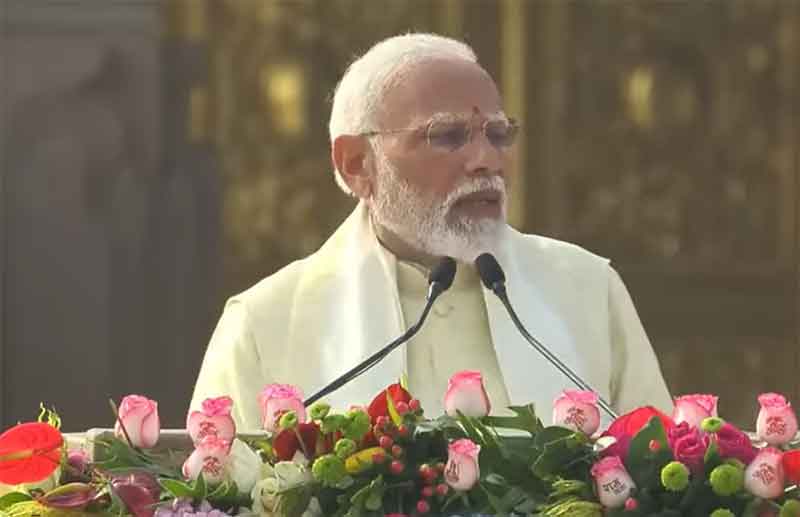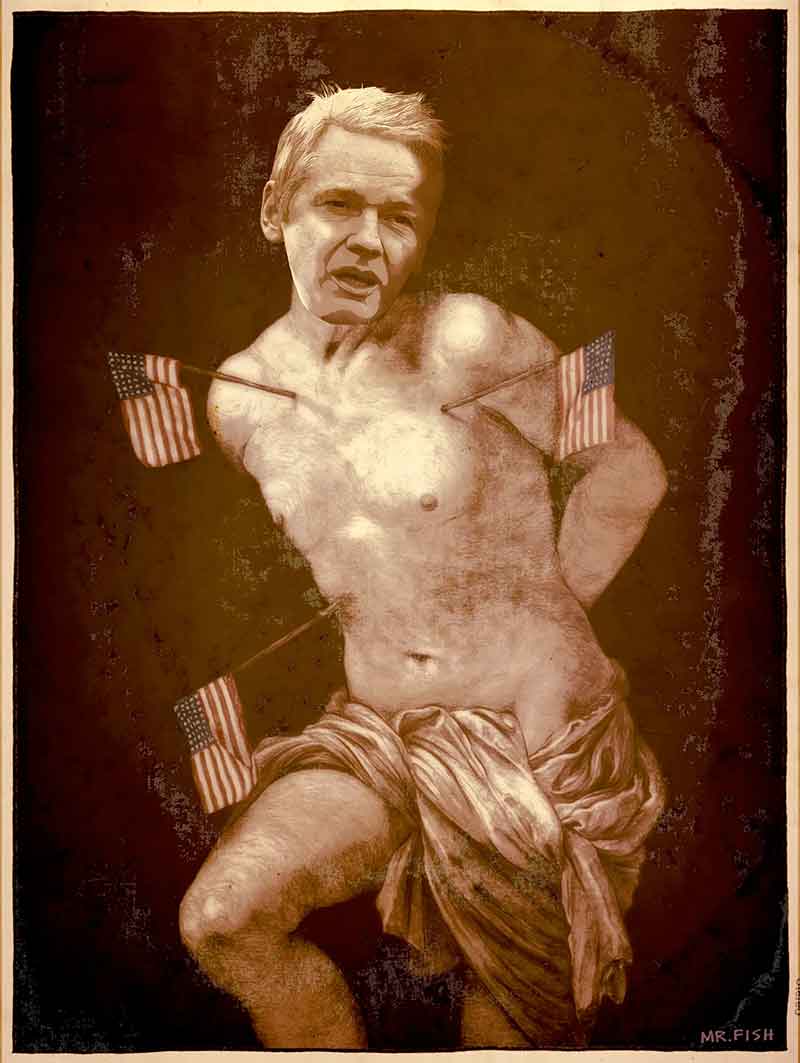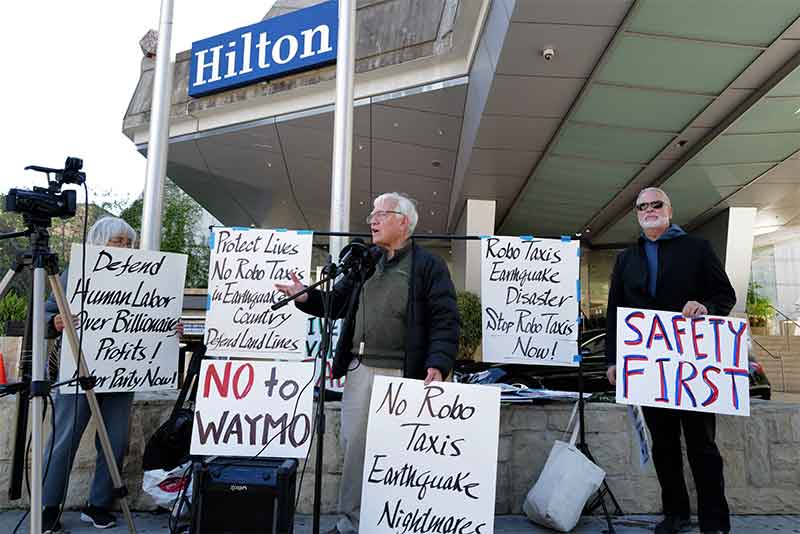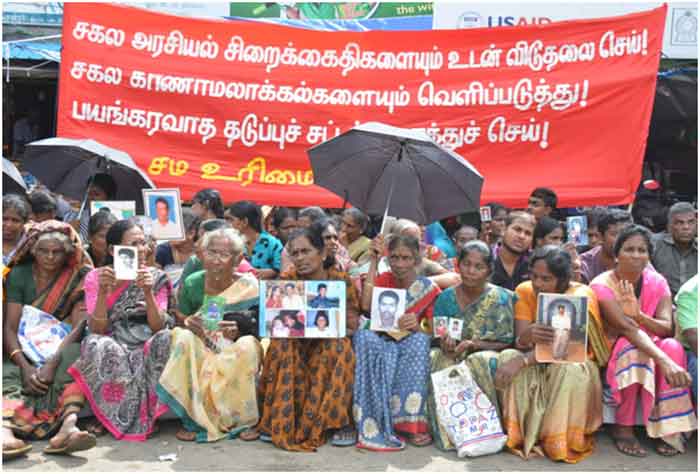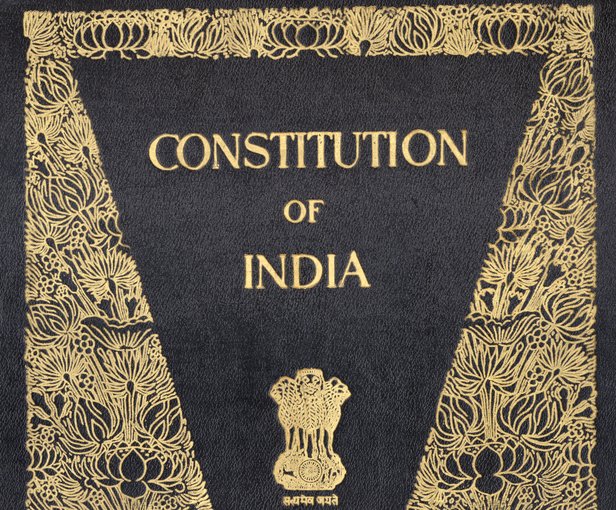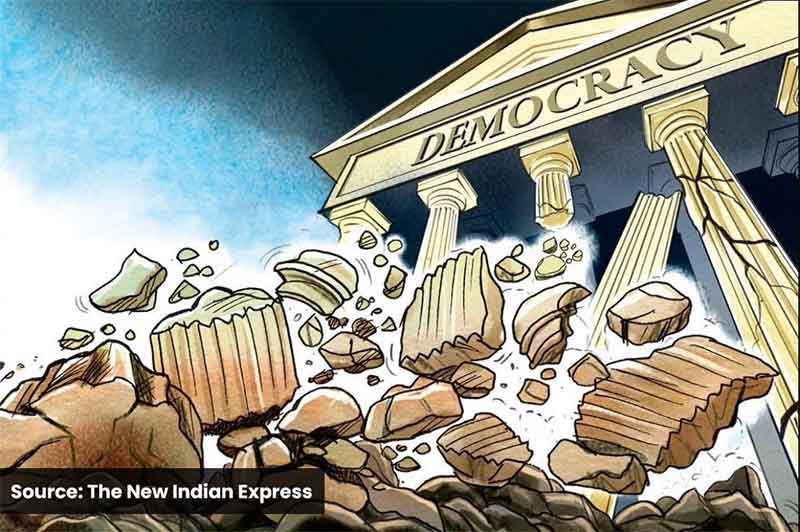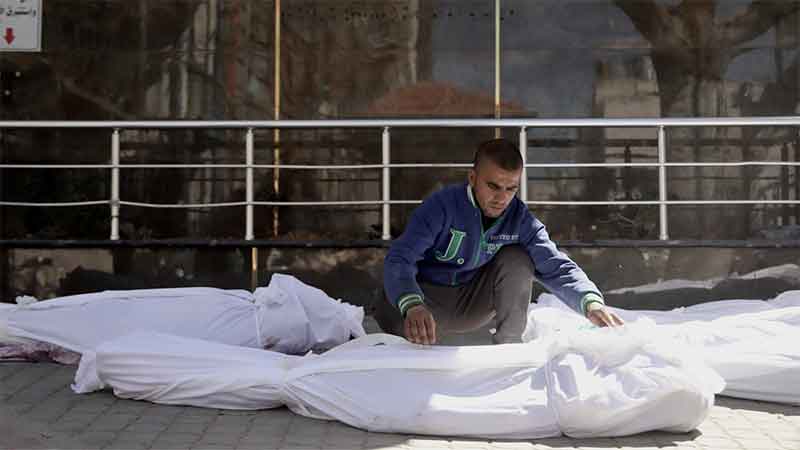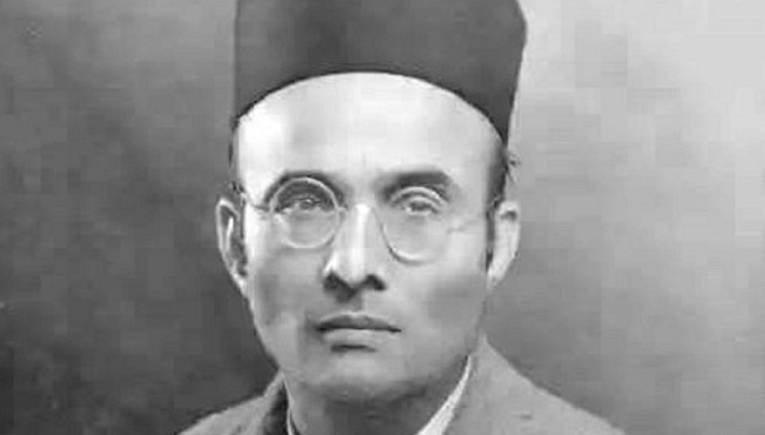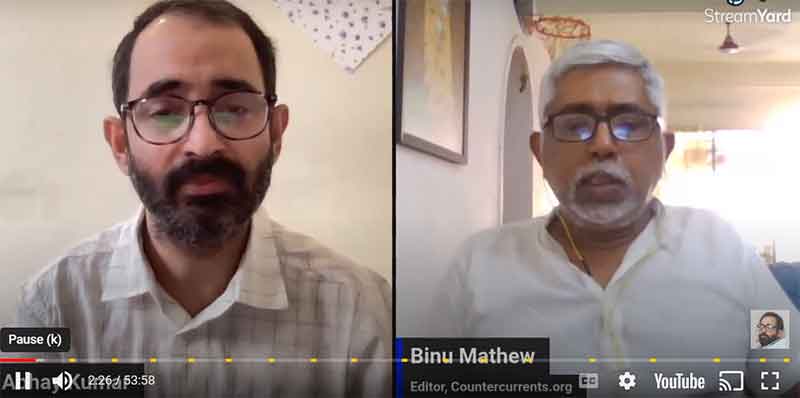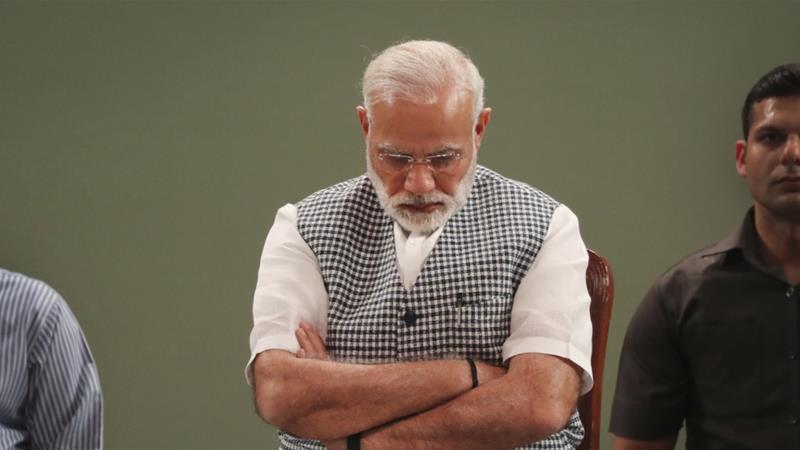
Results of the latest state assembly elections in Haryana and Punjab, and some by-elections in other states indicate a slight awakening from the slumber in which the Indian electorate had sunk, since the last Lok Sabha polls. It seems that not all voters are willing to be taken in by the media-fashioned image of Narendra Modi as their messiah, and are now calling his bluff. The vote share of the BJP has come down, and as a single party it cannot form ministries in these two states, forcing it to strike opportunist alliance with regional parties and Independent candidates. That the voters resisted the march of the BJP juggernaut to some extent, once again proves how Abraham Lincoln was right when he warned the rulers : “You can fool all the people some of the time, and some of the people all the time, but you cannot fool all the people all the time.” It is necessary to conscientize and organize “all the people” so that they are not “fooled” by their prime minister.
It has now been quite some time since several momentous decisions were taken by the prime minister. First, the `surgical strikes ‘ against Pakistan on September 30, 2016; second, the demonetization of two denominations of currency notes on November 8, 2016; third, the imposition of GST (Goods and Services Tax ); and the latest, the abrogation of Article 370 in relation to Jammu and Kashmir. The first was meant to stop Pakistan from carrying out its attacks on Indian territory through its state-sponsored armed groups like the Lashkar-e Taiba – designated as a terrorist organization by the UN. The second was meant to stop the flow of black money and funding of terrorist groups. The third to control commercial transactions under one uniform rule. The fourth was purported to bring the Kashmiri people into the Indian mainstream. All these policy decisions by Narendra Modi have backfired, and the actions that followed them have ended up in a massive catastrophe.
Failure of `surgical’ operations – on the border, in the economy, and in Kashmir politics
First, Modi’s braggadocio that surgical strikes’ destroyed terrorist camps in the interiors behind the LoC, is yet to be proved. A BBC correspondent, M. Ilyas Khan, who visited the spot in Pakistan soon after the strikes and interviewed the villagers, found that the terrorist camps were never affected by the surgical strikes.’ (BBC, October 24, 2016). Instead of deterring Pakistan from carrying out its depredations, the Indian propaganda of strikes’ has spurred it to launch further cross-border assaults on India with impunity - both through terrorist infiltrators and its soldiers. Modi’s government and army are caught unawares, thanks to poor intelligence inputs and infrastructural deficiencies, as proved by the Pulwama tragedy. As a result, both jawans and civilians are losing their lives almost every day. In fact, after the 2016 surgical strikes’ , the Indian army suffered the largest number of casualties – in terms of fatalities and injuries in the last decade.
The latest incident of cross-border firing between Indian and Pakistan army on October 20, is yet another proof of the fact that the terror-launching pads are thriving on Pakistan soil, despite the much bally-hood Indian `surgical strikes’ three years ago. We are left confused by claims and counter-claims made by the two sides, about who first violated the cease-fire agreement, and the number of casualties on both sides. While the Indian army chief asserts that it killed six to ten Pakistan soldiers with few casualties on our side, the Pakistan army claims that it had killed nine Indian soldiers, and lost only one of their own. (TIMES OF INDIA, October 21). We shall never know the truth – which is the first casualty in war-reporting. Meanwhile, the families of the soldiers on both sides of the border continue to suffer from a sense of perpetual fear and uncertainty. As for us in India, no amount of chest thumping and sentimental attempts to stir patriotism can pardon Modi , and the unpreparedness of his military establishment, for their pathetic failure to prevent the Uri , Pathankot, Nagrota and Pulwama disasters that ended up in the killing of our jawans.
The most pithy commentary on war mongering has come from the young daughter of an Indian army captain who lost his life during the Kargil war, when she was a child. Some years ago, Gurmehar Kaur, a student of Lady Sri Ram college in Delhi put up a placard saying: “Pakistan didn’t kill my dad, War did.” Her message falls on the deaf years of a jingoist government, with a nuclear devise strapped around itself, which threatens to become a suicide bomber, in its conflict with Pakistan.
Modi’s other two steps of `surgical’ operation in India’s economy , were demonetization and GST. The former has failed, first to bring black money back to India, as evident from available data, and secondly, to prevent funding of terrorist outfits, as proved by reports of the continuing infiltration of terrorists into the border areas. As for the GST, it has brought disaster to the small and medium sectors of business and industry. The latest step of abrogation of Article 370 has further alienated the Kashmiri people in the Valley and is exacerbating the already volatile situation there.
Questions posed to the Sangh Parivar on national security
Since Narendra Modi remains a faithful RSS member, and the Sangh Parivar is so concerned about the security of the Indian state, and brands anyone opposing the Modi-led government as `anti-national ‘, may I pose a few questions to the RSS, VHP and other leaders of the Parivar ? First, since their nominee , prime minister Narendra Modi has failed to protect our borders from the daily incursions by the Pakistan army, which kill our jawans and civilians, how can you continue to trust him as a guardian of national security ? According to the Union Home Ministry’s report, there has been an increase of more than 166 per cent of civilian casualties in 2017 from a year ago.
Secondly, how is the Sangh Parivar accepting Modi’s bon homie with the Chinese President Xi, who is organizing a trade corridor across what the Indian state claims to be a part of its territory occupied by Pakistan ? Why is the Sangh Parivar silent about China’s public announcement of its objection to the revocation of Article 370 in Kashmir ? Why is the Sangh Parivar , unlike its usual aggressive style against Pakistan, choosing to remain silent on the option of a surgical strike’ against the Chinese soldiers who are confronting our army and said to be occupying disputed’ sites in the border areas ?
Is it because Modi and his army generals – despite their leader’s 56” chest bravado – know well that they do not have the guts to fight the Chinese. Modi has no option but to cuddle up to Beijing – for trade benefits and also as a shield to negotiate with Pakistan, Xi’s fair weather friend.
Narendra Modi’s political strategy and tactics
Narendra Modi will continue to rule (depending on about 40% of voters) as long as the rest of the Indian electorate do not find an acceptable and viable alternative Opposition to replace him. He has formulated a twin programme of strategy and tactics. The strategy is to mobilize the maximum number of voters on the issue of national security, uniting them by raising the spectre of Pakistani aggression, and impressing them by promoting a media-fashioned image of a muscular Indian military that is fighting that aggression. To add to this, his monthly foreign jaunts are being publicized widely as instances of the success of India as a powerful state in the international arena, under Modi’s leadership. With this strategy of his at the global level, which wins popular support within India, he has combined a set of tactics of populist social welfare measures at the domestic ground level for farmers, housewives, labourers, youth, small shopkeepers – Ujjwale Scheme, Jandhan Jojna, PM Kisan Jojna, Skill India (for the unemployed youth), Swatch Bharat Mission, Beti Bachao, Beti Padhao Mission (for women and their daughters). While some of these measures have indeed created beneficiaries among sections of the rural and urban poor, the rest who still remain outside their sphere continue to believe that they will also soon join these ranks of beneficiaries. It is this vote bank of expectants and aspirants on which the BJP is depending to increase its vote share beyond the 40% in the next assembly elections in the states.
Hovering behind their hopes however, are the apprehensions of the slow economic growth, the downhill in the GPD growth, the disastrous effects of demonetization and GST, which make up the dismal picture of the Indian economy today – described as `Narendra Modi’s muddle’ by The Economist in its latest issue dated October 25, 2019. As for the victims of these trends – the retrenched workers from factories, families of the starving farmers driven to suicide – their existential concerns in their daily lives, are being pushed into the background by a BJP-manufactured multi-dimensional nationalist utopia to mesmerize the Indian people with the revocation of a glorious Hindu past, encouragement of a muscular faith in the military might of the Indian state, and conjuration of internal threats by damning every protest as sedition. It is this multi-faceted myth that is spreading its miasma over the Indian populace.
The Opposition in total disarray
In the absence of a strong united Opposition to voice their grievances and demands that can defeat the present regime, the populace are a confused and divided lot. From amongst the present farrago of the anti-Modi Opposition , the only two national political formations which have remained consistent in their opposition to the Sangh Parivar-led BJP government , are the Congress party and the Left Front. The Congress is however rudderless , with factions fighting among themselves in the states, over which the central leadership has no control, and hence unable to organize any resistance against the march of the Sangh Parivar juggernaut. The cadres of the Left have also been reduced to a disillusioned lot, having lost their most important electoral base in West Bengal due to the arrogant decision of the erstwhile CPI(M) led government to forcibly acquire land for industrialization.
An interesting phenomenon shared in common by the Congress and the Left all over India is the large scale desertion of their state and district level leaders and cadres , who are joining the BJP in droves. Even veterans like Rita Bahuguna, Najma Hepatullah of the Congress, are now with the BJP. In West Bengal, the one-time citadel of the Left, some state level leaders like the MLA Devendra Ray, and panchayat members and municipal councilors shave shifted their allegiance to the BJP. The argument of these Bengali turncoats runs on the following lines – the ruling Trinamul Congress goons are targeting the CPI(M) cadres (which is factually correct), and since the CPI(M) leaders are failing to put up resistance and protect them, they seek protection from the BJP, which with its armed gangs can resist the Trinamul Congress. The daily incidents of inter-gang killings in West Bengal indicate that the Bengali society is polarized between the ruling Trinamul Congress and the BJP – the Left having no space at all in this contest.
The other segment of the non-BJP political spectrum consists of the socialist offshoots from the old Jayaprakash Narayan-led Janata Party formed in the 1970s. They had always nurtured a soft corner for the Hindi-Hindu belt, prompting Jayaprakash to embrace the RSS in his movement against Indira Gandhi’s despotism. Riding piggy-back on his shoulders, the BJP and its militant outfits gained respectability in Indian politics, and the socialists, the followers of Jayaprakash and Rammanohar Lohia readily agreed to negotiate with them in the post-Emergency political scenario. During such negotiations the Janata Dal collaborated with the Hindu communal forces in forming governments in states in the post-Emergency period. Today, the leaders and followers of the erstwhile Janata Dal are fragmented mainly into Janata Dal (United) and Janata Dal (Secular). The former was formed by the merger of the Sharad Jadav faction of the Janata Party and the George Fernandes led faction. The Janata Dal (Secular) was founded in 1999 by H.D. Deve Gowda, with its base in Karnataka. The history of Janata Dal (United) exposes its tendency to throw to the winds the principles of socialism and secularism (by which they swear) in their utter opportunist aim to share power with Hindu communal parties. George Fernandes entered into an unholy alliance with the BJP. Today, his party is a partner of the BJP-led NDA government at the Centre and his disciple Nitish Kumar is collaborating with the BJP in running the state of Bihar, being the best exponent of opportunism that had marked the politics of the Indian socialists. The other faction – the Deve Gowda led Janata Dal (Secular) is facing problems in its alliance with the Congress.
The defections from the Opposition to the BJP in the states – whether among the Congress or the Left – indicate the total lack of ideological commitment among this new generation of leaders and cadres, who are ready to cross over from a secular and socialist platform to a completely opposite pole of Hindu communalism. They are willing to change their loyalty, depending on whosoever is in power and the highest bidder. As the BJP which rules the Centre is the highest bidder, leaders and ranks of the Opposition are gravitating towards the BJP.
As a result, unlike the divided Opposition, the BJP has managed to maintain its alliance with partners – whether the Shiv Sena in Maharashtra or the Shiromani Akali Dal in Punjab, or the local political parties in the north-east – to run governments there. Despite their public assertion of building a Hindu Rashtra, the BJP leaders in these states compromise with the local realities there by avoiding uncomfortable issues – like remaining silent on cow-slaughter in the north-east, where people eat beef.
Narendra Modi – from hubris to nemesis ?
Buoyed up by his success in coming back to power for the second term, Narendra Modi is strutting around the world, his monthly foreign jaunts impressing the starry-eyed NRIs in the diaspora, and their counterparts in India – the upper class milieu of the nouveau riche salaried members of the IT sector and multinational business houses , the upwardly mobile agents and thugs who dominate transaction in real estate deals, contracts for construction activities, and other spheres – all thriving under the Modi regime.
To demystify his image, to put it in blunt terms, Modi is a tall-talking politician presiding over credulous masses in India, but straddling the international political scenario as a toddler, being cuddled up by Trump, Putin, Xi. But this comfortable zone may not be there long to cushion him. From his hubris of self-satisfaction, the fall to nemesis of utter failure, may not take much time, given the increasing signs of discontent in both India and the volatile situation in global economy and politics . Are the electoral results from Maharashtra and Haryana the first signs of growing popular disillusionment, discontent and frustration ?
Sumanta Banerjee is a political and civil rights activist and social scientist. Email: [email protected]
SIGN UP FOR COUNTERCURRENTS DAILY NEWS LETTER


